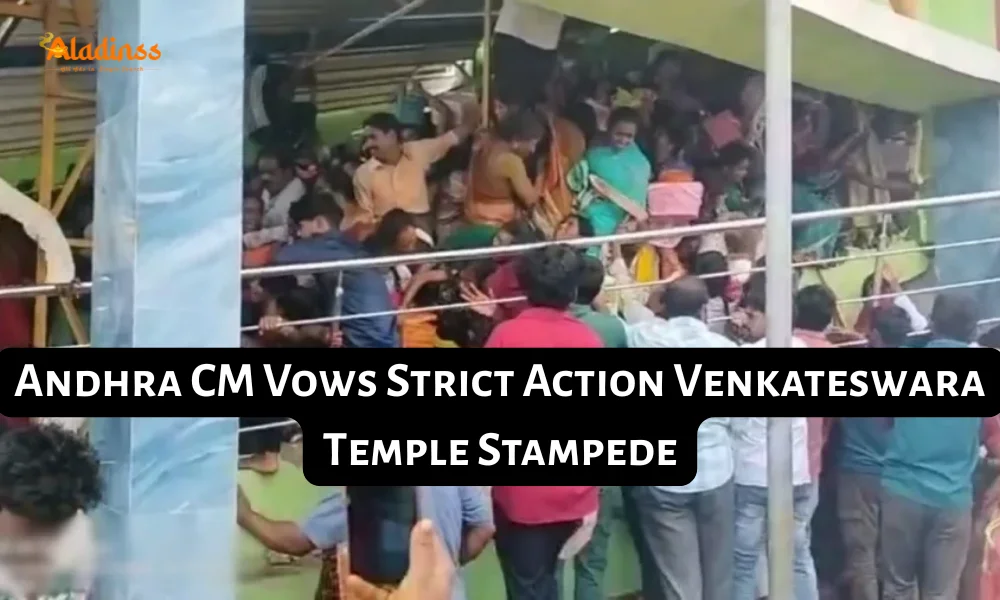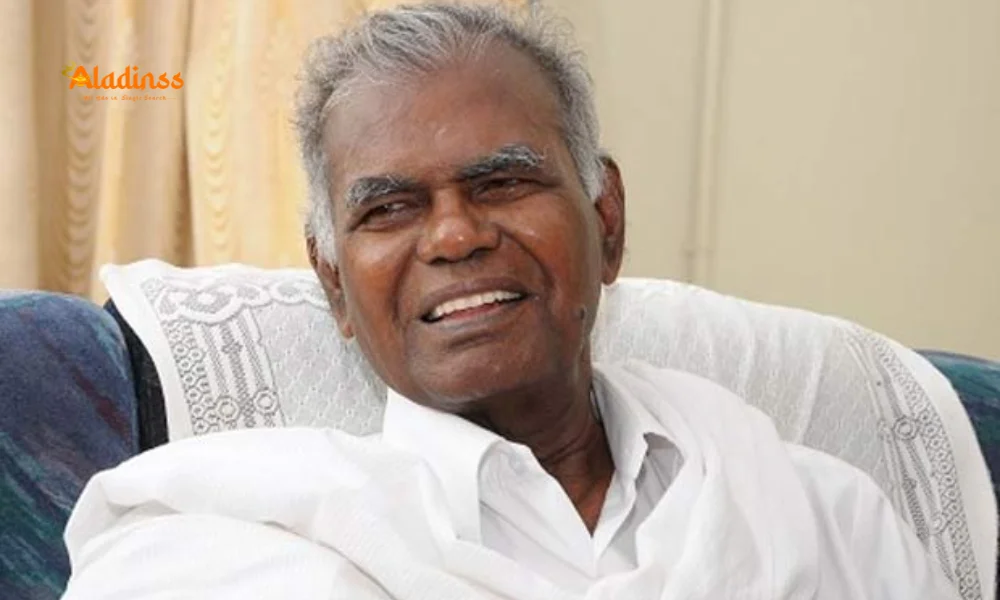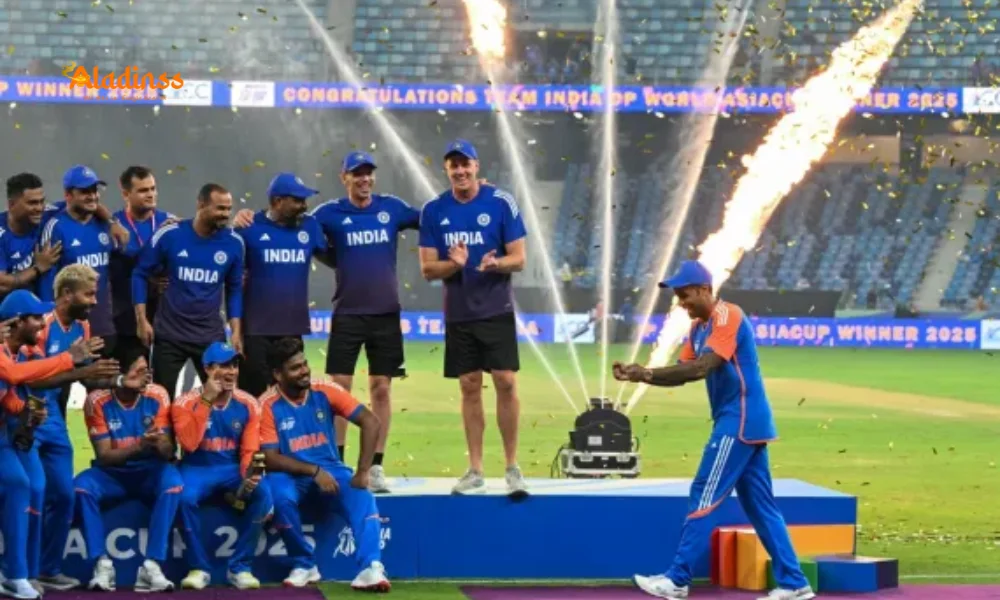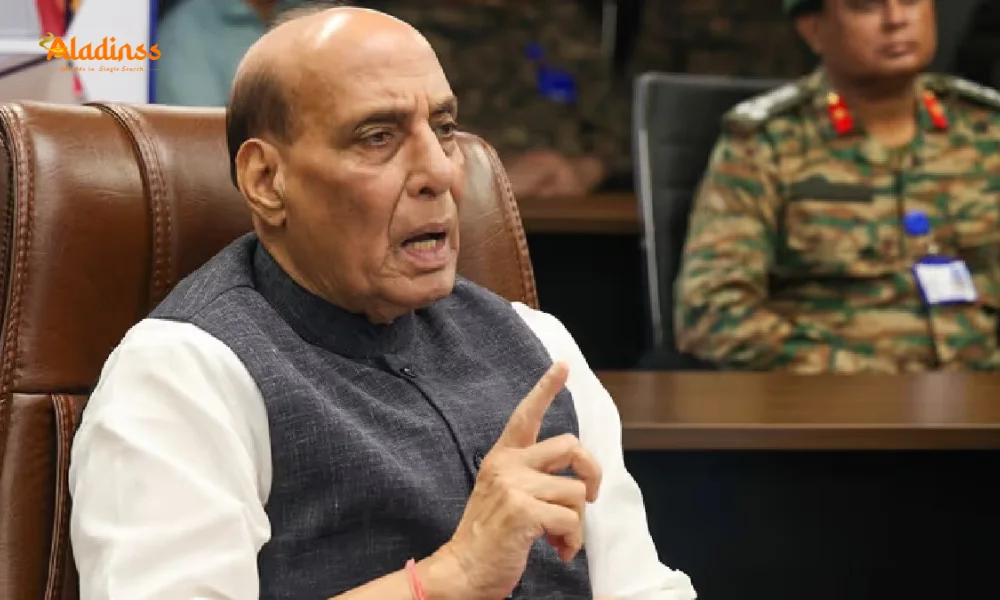Nine Dead in Stampede at Venkateswara Swamy Temple Andhra Pradesh

Nine Dead in Tragic Stampede at Venkateswara Swamy Temple
A devastating stampede at Venkateswara Swamy Temple in Kasibugga, Srikakulam district of Andhra Pradesh, has claimed at least nine lives, including a child, and left fifteen others injured during the sacred Ekadashi celebrations. This heartbreaking incident unfolded amid an overwhelming rush of devotees seeking darshan of Lord Venkateswara, turning a day of devotion into one of profound sorrow. Officials have confirmed the tragedy, highlighting the urgent need for better crowd management at religious sites across India.
The chaos erupted in a narrow stairwell packed with thousands of pilgrims, where cries for help echoed as the crowd surged uncontrollably. Eyewitness accounts describe elderly devotees clutching flower baskets, desperately calling for aid while trapped in the crush. The Andhra Pradesh government's swift response includes ex-gratia payments and medical support, but questions linger about the preventable factors behind this temple stampede.
Prime Minister Narendra Modi expressed deep pain over the loss, announcing Rs 2 lakh from the PMNRF for each deceased family and Rs 50,000 for the injured. This stampede at Venkateswara Swamy Temple underscores the growing challenges of managing massive gatherings at spiritual hubs, especially during auspicious occasions like Ekadashi.
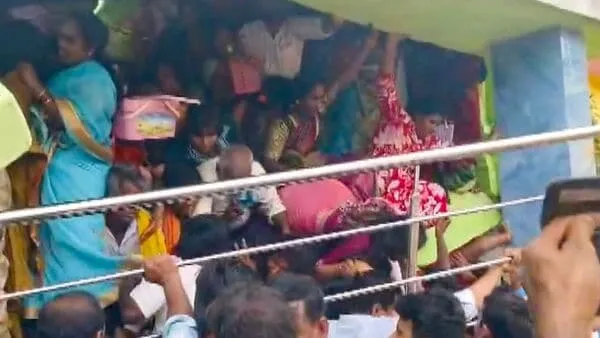
Details of the Incident and Immediate Aftermath
The stampede occurred on Saturday, November 1, 2025, when over 25,000 devotees converged at the privately managed Sri Venkateswara Swamy Temple for Ekadashi darshan. Typically accommodating 3,000 to 5,000 visitors, the site was overwhelmed, exacerbated by ongoing construction and shared entry-exit pathways. Andhra Pradesh Minister Kondapalli Srinivas revealed these lapses, noting the absence of official approvals for the massive assembly.
Rescue operations were promptly launched, with state authorities airlifting critically injured pilgrims to nearby hospitals. Deputy Chief Minister Pawan Kalyan, in a poignant social media update, mourned the loss of a young child among the victims, calling it an "extremely tragic" event that has shaken the community. Chief Minister N Chandrababu Naidu directed comprehensive medical care and extended heartfelt condolences, emphasizing support for the bereaved families.
Union Minister Kinjarapu Rammohan Naidu, the local MP, described the scene as "devastating" and assured a thorough investigation. Despite the temple's private status outside the Endowments Department, the government has intervened to oversee relief efforts, with Minister Nara Lokesh en route to coordinate on-ground responses.
Significance of Ekadashi and Devotee Rush
Ekadashi, observed on the 11th day of the lunar fortnight, holds immense spiritual importance in Hinduism, dedicated to Lord Vishnu. Devotees fast and seek blessings for prosperity and salvation, drawing lakhs to temples like Venkateswara Swamy. This particular observance amplified the footfall, as pilgrims from across Andhra Pradesh and neighboring states flocked for special pujas and darshan.
The temple, nestled in the serene landscapes of Srikakulam, symbolizes divine grace and has long been a beacon for the faithful. However, such high-stakes gatherings often test infrastructure limits, as seen in this Andhra Pradesh stampede. Historical data indicates that religious festivals account for over 60% of crowd-related incidents in India, prompting calls for standardized safety protocols.
Governor's Office statements reflect national anguish, underscoring the cultural fabric woven around these sites. Yet, this tragedy serves as a stark reminder that devotion must be safeguarded by meticulous planning.
Government Response and Ex-Gratia Announcements
In a unified show of solidarity, top leaders mobilized resources swiftly. PM Modi's ex-gratia from PMNRF provides immediate financial relief, while CM Naidu's directives ensure no stone is left unturned in victim care. "It is very sad that devotees have died in this unfortunate incident," Naidu posted on X, vowing comprehensive aid.
Lokesh, as RTGS Minister, is spearheading real-time governance interventions, including site assessments and aid distribution. Naidu affirmed the probe's impartiality, stressing lessons for future events: "Even if it is a private body, the government will step in." This proactive stance aims to restore faith in public safety nets.
- Rs 2 lakh per deceased family from PMNRF.
- Rs 50,000 for each injured person.
- State-coordinated medical evacuations and counseling.
- High-level inquiry into organizational failures.
These measures not only address immediate needs but also signal a commitment to preventive reforms in pilgrim management.
Historical Context of Temple Stampedes in India
India's rich tapestry of faith often intersects with tragedy, as evidenced by past temple stampedes. The 2015 Godavari River incident in Andhra Pradesh claimed 27 lives, while the 2025 Tirupati mishap during Vaikunta Ekadashi killed six. These events, including the recent one at Venkateswara Swamy Temple, reveal recurring themes: inadequate exits, unchecked crowds, and construction hazards.
Globally, crowd crushes at religious sites like Mecca's Hajj have prompted innovations in risk assessment. In India, the National Disaster Management Authority (NDMA) guidelines advocate for capacity mapping and tech like AI surveillance, yet implementation lags in smaller shrines. This Srikakulam tragedy amplifies demands for nationwide audits.
Venkateswara Swamy Temple's allure, akin to Tirupati's grandeur, draws millions annually, but unchecked growth strains resources. Historical parallels urge a shift from reactive to proactive strategies, ensuring spirituality thrives without peril.
Causes and Lessons from the Andhra Pradesh Stampede
Investigators point to multiple failures: the temple's private management bypassed permits, while construction narrowed pathways, funneling 25,000 into a bottleneck. Identical entry-exit routes fueled the surge, a classic crowd crush trigger per NDMA reports. Ekadashi's fervor, combined with poor signage and staffing, escalated the risk.
Experts advocate for staggered darshan slots, RFID tracking, and emergency drills. Post-incident, Andhra Pradesh plans temple inspections, potentially mandating endowments oversight for high-traffic sites. This event echoes broader calls for a central crowd safety bill, blending tradition with modern safeguards.
For pilgrims, awareness is key—arrive early, follow marshals, and report overcrowding. These lessons from the stampede at Venkateswara Swamy Temple could prevent future heartbreaks, honoring the lost by protecting the devout.
Community Impact and Path to Healing
Srikakulam reels from grief, with local leaders organizing memorial prayers and counseling hubs. Families of the victims, many from modest backgrounds, grapple with irreplaceable loss, but community solidarity shines through aid drives and blood donations.
The temple, a symbol of hope, now stands as a cautionary tale, yet its spiritual essence endures. Reopening protocols include phased access and volunteer training, fostering resilience. National discourse on pilgrim safety gains momentum, potentially leading to policy overhauls.
As investigations unfold, the focus shifts to accountability and reform, ensuring Ekadashi's sanctity prevails over sorrow.
Preventive Measures for Future Religious Gatherings
To avert repeats of this temple stampede, authorities recommend tech integrations like drone monitoring and apps for real-time crowd alerts. Capacity caps, multiple queues, and medical kiosks are non-negotiable, per global best practices from events like Kumbh Mela.
- Pre-event risk audits by certified bodies.
- Training for organizers on emergency protocols.
- Public awareness campaigns via social media.
- Insurance mandates for large assemblies.
Andhra Pradesh's blueprint could inspire states, transforming tragedy into a catalyst for safer devotion.
The Legacy of Venkateswara Swamy Temple
Beyond the grief, Venkateswara Swamy Temple embodies Lord Vishnu's benevolence, with roots in ancient lore. Its annual festivals draw diverse crowds, enriching cultural heritage. This incident, while scarring, reinforces the temple's role as a unifying force.
Restoration efforts include structural upgrades, ensuring the site's legacy endures. For pilgrims, it remains a testament to faith's enduring power, tempered by lessons in vigilance.
In remembering the nine souls lost to the Andhra Pradesh stampede, India pledges a safer spiritual journey for all.
Comment / Reply From
No comments yet. Be the first to comment!

